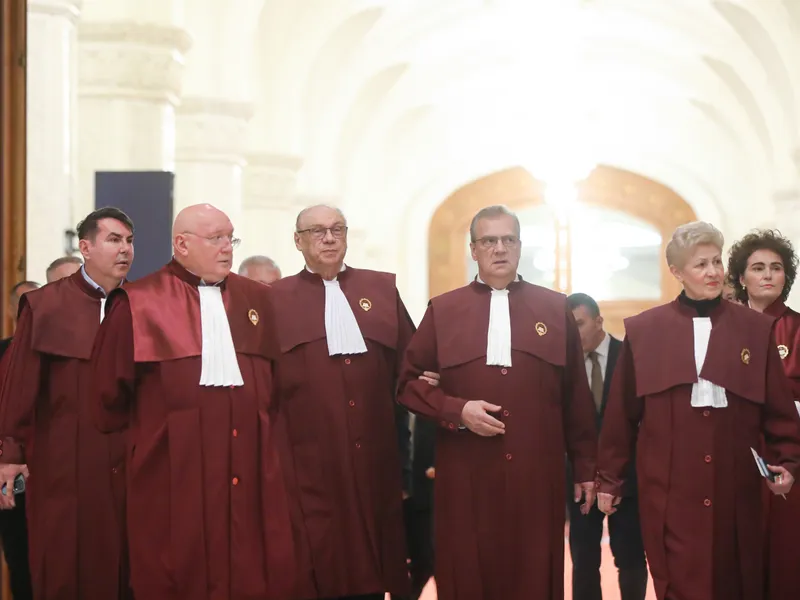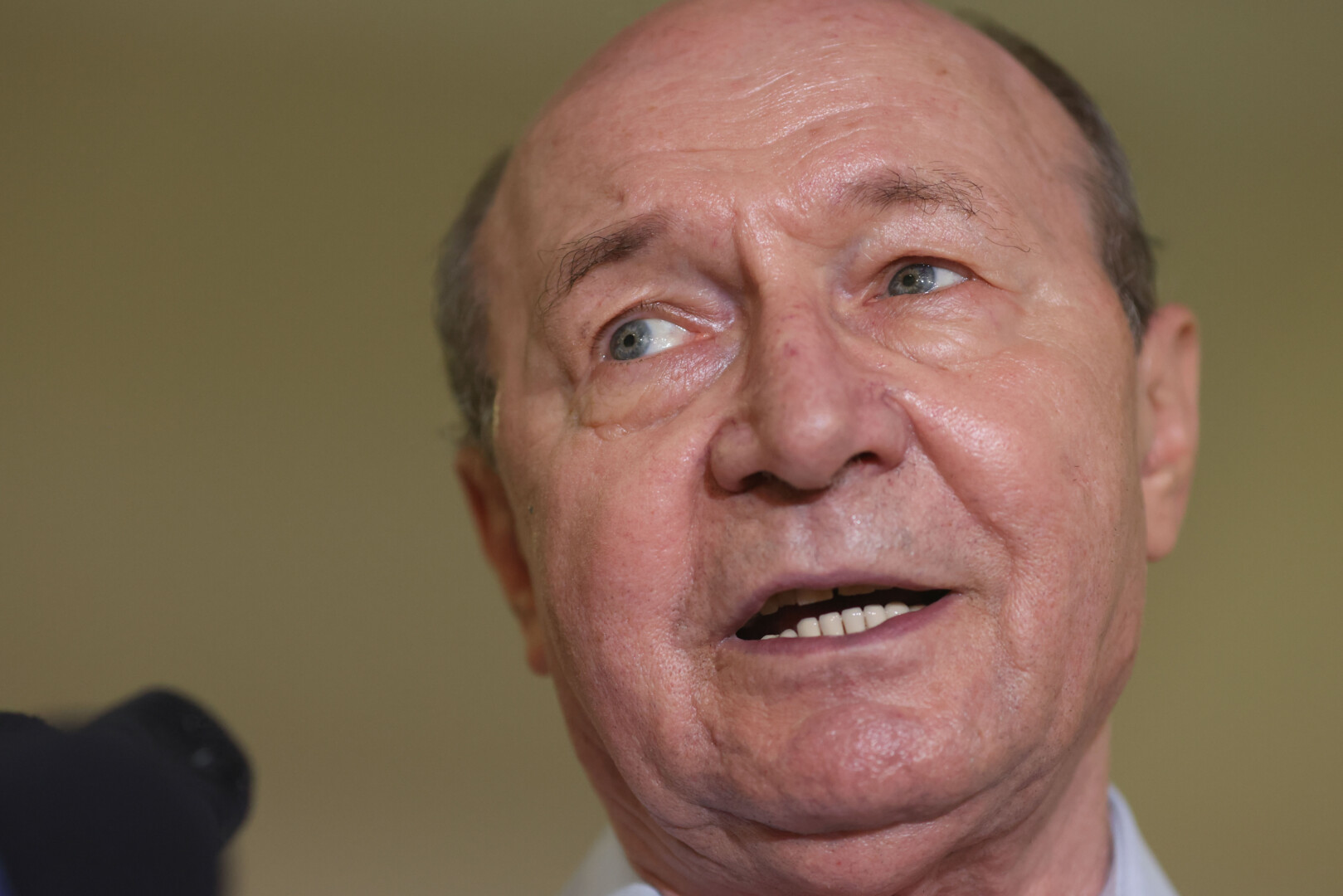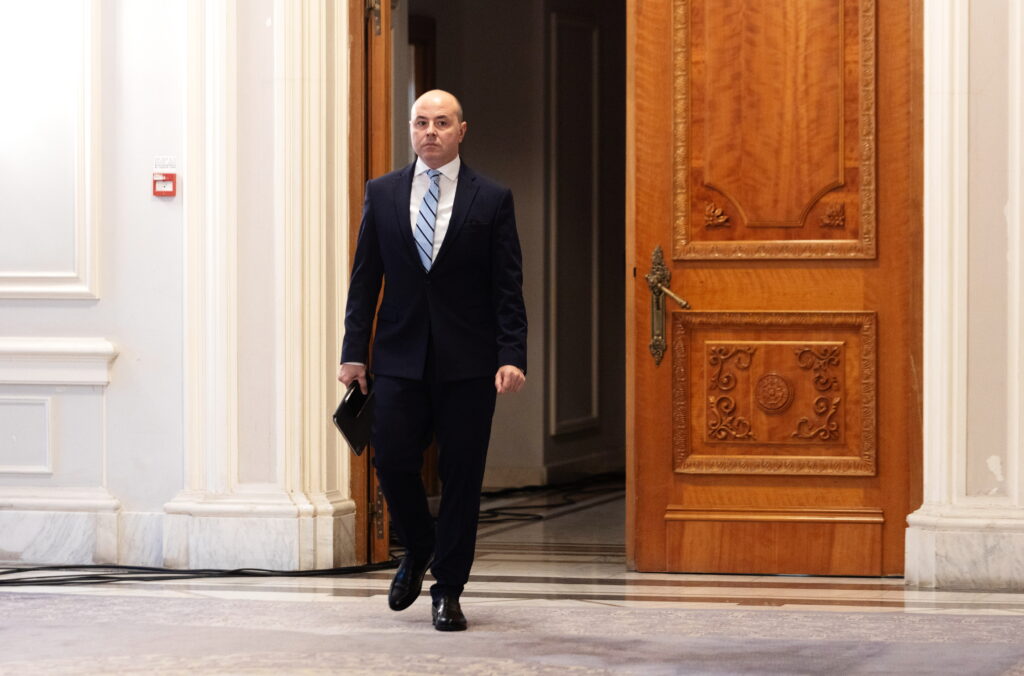The government in Bucharest sketched the 2024 budget planning with a deficit of RON 86.6 billion (EUR 17.3 billion) – 5% of the projected GDP, down from 5.9% of GDP in 2023.
After it missed the deficit target by 1.5% of GDP in 2023 (assuming it meets the latest 5.9% of GDP target), the government implemented in 2023 a fiscal corrective package criticised by analysts and the IMF for its lack of coherence – which further eroded its credibility.
With a heavy burden created by supplementary expenditures (budgetary sector payroll, public pensions and investments planned to support growth), the 2024 deficit target depends on two operations that are very delicate for a year with multiple elections: cutting the unnecessary public spending and tax evasion.
The fiscal consolidation, nearly 1% of GDP, will be achieved by increasing the revenues-to-GDP ratio to 33.8% from 32.9%. In comparison, the expenditures will remain at 38.8% of GDP, according to the document quoted by the media.
In other words, revenues will increase by 13% y/y to RON 586 billion (the executive expects significant transfers under the Resilience Mechanism but also more efficient tax collection) and public spending by only 9% to RON 673 million, Ziarul Financiar reported.
The budget planning is sketched on an underlying scenario that includes 3.4% GDP growth (2% in 2023), driven by a 4.1% increase in domestic demand (+1.4% y/y in 2023). The gross fixed capital formation will make a slightly smaller contribution to the growth, 1.7pp (1.4pp in 2023), while consumption remains the main growth driver.
The medium-term fiscal scenario sketched by Romania’s government, along with the 2024 budget planning, envisages that the 3%-of-GDP deficit target will not be met before 2027.
(Photo source: Alexandru Marinescu/Dreamstime.com)























 English (US) ·
English (US) ·  Romanian (RO) ·
Romanian (RO) ·